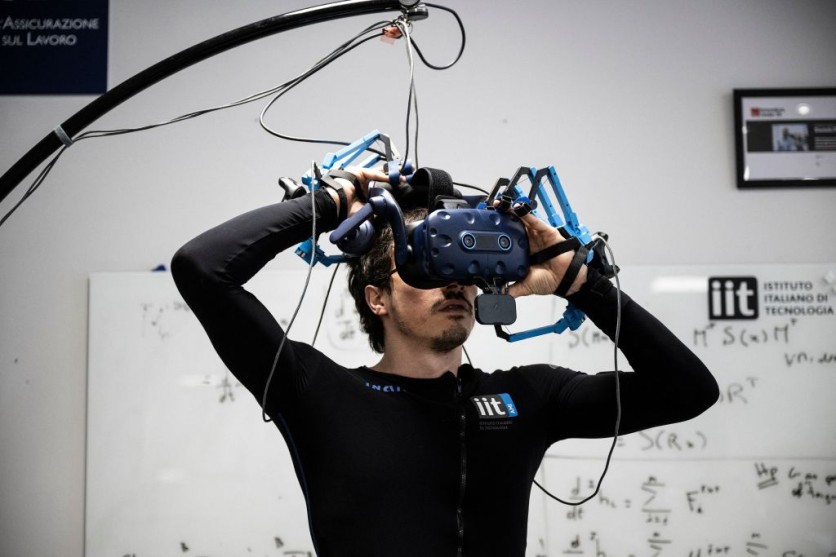The idea of incorporating "smell-o-vision" into movies or TV shows has been pursued by innovators for many years. But now, Swedish scientists have taken gaming to the next possible by enabling people to smell in virtual reality (VR) setting.
Researchers from Malmö University and Stockholm University recently created a 3D-printed prototype device called as the Nosewise Handheld Olfactometer under the direction of Prof. Jonas Olofsson, as reported first by New Atlas.

How the Gadget Works
The gadget is now attached to the bottom of a retail HTC Vive handheld game controller. It has four smell reservoirs that are vertically orientated and each hold a different scented liquid that has been absorbed into a sponge-like material. Stepless valves are sealed at the top and bottom of each reservoir as well.
The user is unable to smell the liquid inside as long as both of those valves are shut. However, the valves on the reservoirs open to variable degrees when the olfactometer is turned on.
The combined smells are then wafted up to the user's nose by an inbuilt fan that sucks air up through the bottom of the reservoirs and out the top into a single tube.
The Olfactometer can be programmed to self-activate anytime it approaches the user's VR headset or it can be manually turned on using the controller.
Read Also : Are We Heading Into The New Age of Tourism? VR Headset Tours 'Could' Replace Physical Trips, Experts Claim
Testing the Technology
The researchers tested the technology by creating a game where players pick up wine glasses in a virtual wine cellar and try to identify each type of wine based on its aroma.
Beside adding a new dimension to VR gaming, the scientists claim that this technology has the ability to retrain the brain of individuals who temporarily lost their sense of smell due to Covid-19 or other causes.
"The possibility to move on from a passive to a more active sense of smell in the game world paves the way for the development of completely new smell-based game mechanics based on the players' movements and judgments," Simon Niedenthal, interaction and game researcher at Malmö University, said in a statement.
Anyone interested in using and improving the system can access the game's and the device's source code online for free. The prototype's entire material cost, according to the researchers, is around $150.
Simon Niedenthal argues that "open source" encourages accessibility, reproducibility, and comparison of research findings. This in turn will establish a strong research and design community inside the game development industry.
Related Article : Global VR Headset Market Grows by Over 240% in Q1 2022 | Can Meta Sustain its Wearable Production?
This article is owned by Tech Times
Written by Joaquin Victor Tacla
![Apple Watch Series 10 [GPS 42mm]](https://d.techtimes.com/en/full/453899/apple-watch-series-10-gps-42mm.jpg?w=184&h=103&f=9fb3c2ea2db928c663d1d2eadbcb3e52)



